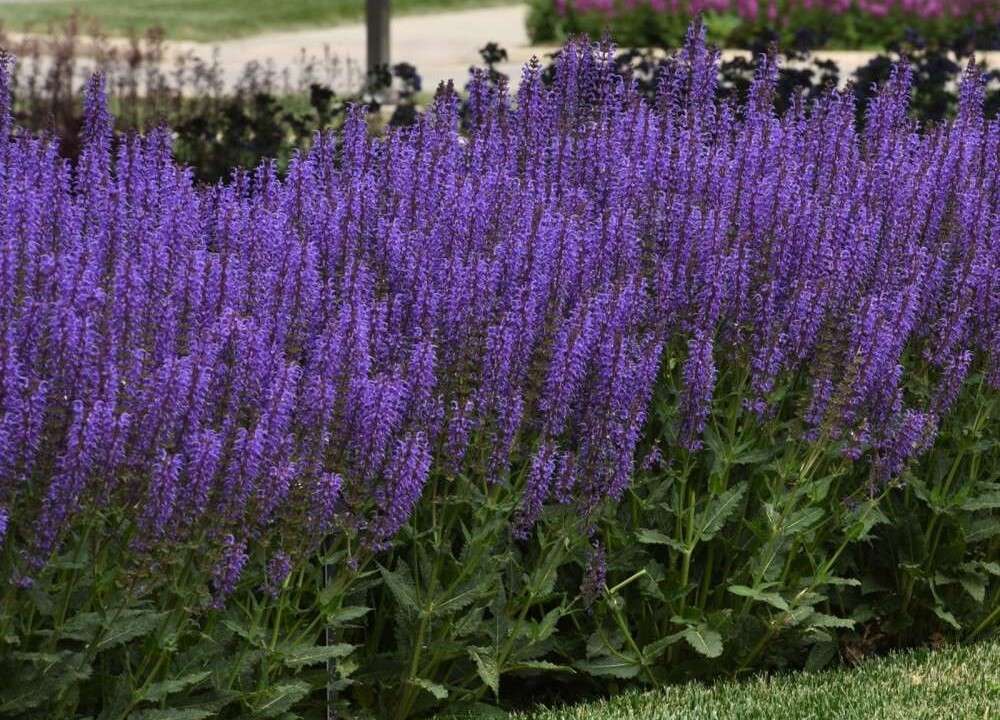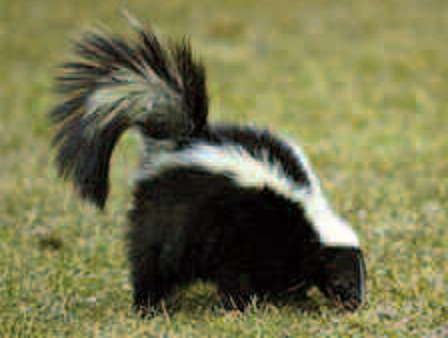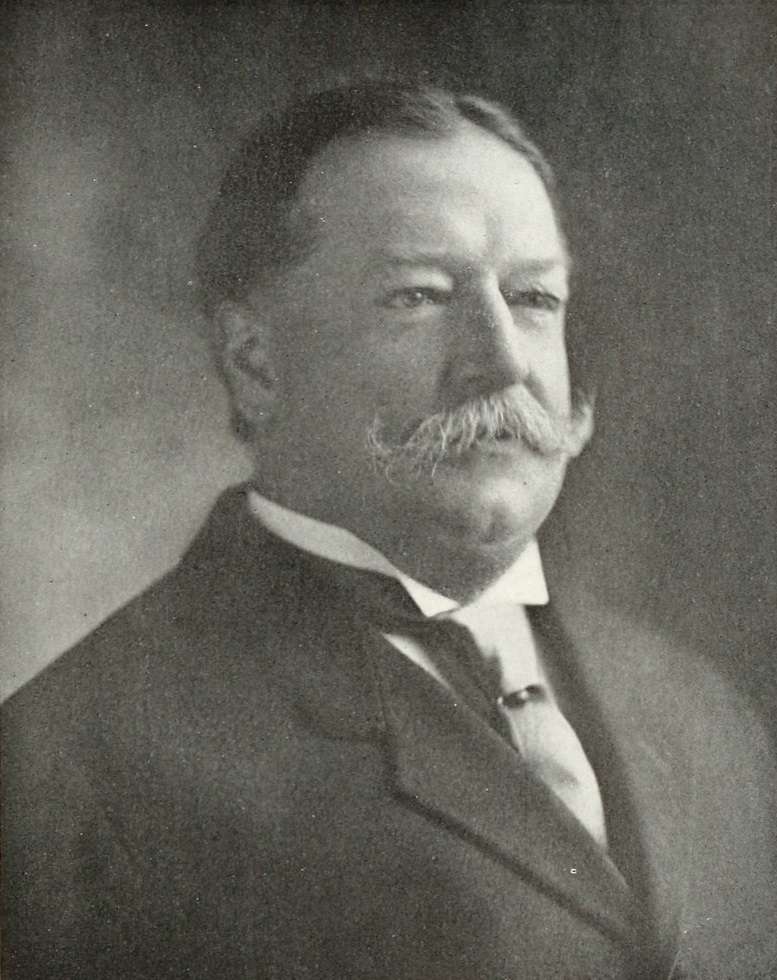THE BEST VIEW: “Red, red robin”

American robin
 by Norma Best-Boucher
by Norma Best-Boucher
I heard their singing through my closed windows and knew that I had to see them right then as they would leave the next morning before first light. I opened the gate from my patio, and there they were, hundreds of beautiful red breasted robins scattered all over the grounds. For those few short hours when they landed in our complex resting on their journey north, I once again enjoyed the company of one of my favorite birds.
In Florida, we have many pretty birds with their melodic songs. Even in our small, protected community there are many different birds from the coral-colored Roseate Spoonbills that feed nightly in our retention pond to the hawks that nest in the tree behind my house to the mockingbirds that sometimes sing throughout the night.
As spectacular as these birds are, they do not give me the thrill that the robins give me each year when they rest here on their way home.
I was a child of the late 1940s and 1950s. My mother, who later worked for 36 years as a first presser at the Hathaway Shirt Company, stayed home with me until I went to kindergarten or baby grade, as they called it then. To be able to stay home with me, she took in laundry. I woke up every morning to the soothing swish swashing sound of the ringer washer and went to bed every night watching her iron those clothes.
There were no televisions back then. We had the radio. My mother played that radio music all day as she did her work, and as little children do, I learned words to many of the songs that were played repeatedly over the air.
One of the songs that I loved to sing along with was Al Jolson’s When the Red, Red Robin (Comes Bob, Bob, Bobbin’ Along).
If you are as old as I am, you, too, remember this song and like me also memorized the words and jazzy melody.
Each year when the robins visit, that song immediately comes to mind along with other memories of spring in Maine.
The giving of Easter lilies was a big deal back when I was a kid. When friends tired of the lilies after they had bloomed, these people gave the bulbs to my mother who faithfully planted them next to our house. She had a large bed of lilies that came up through the snow even before neighbors’ crocuses appeared. She was a marvel with those white trumpet flowers, and people enjoyed the display every year.
We knew spring was coming when a warmer day came between the colder days until eventually there were all warmer days. Then the dirty snow on the side of the road melted and green grass began to peek through the dead leaves on the lawn.
Spring happens so fast down here in Florida that if I blink, I miss it. That is why I am so happy with robin visits and my Maine spring memories.
Take heart, my dear Maine friends. Spring is coming. I have seen with my own eyes the robins flying north. In my mind’s eye I see my mother’s Easter lilies bravely popping up through a thin layer of snow, and I see my mother and me in the kitchen of my youth singing at the top of our lungs along with Al Jolson:
“I’m just a kid again, doing what I did again, singing a song.
When the red, red robin comes bob, bob, bobbin’ along.”
Norma Best-Boucher taught English at Lawrence High School, in Fairfield, and Winslow High School. She is a freelance writer.








 You might think that seasonal allergies are just a spring thing. Not true. Autumn brings pollen from the ragweed plant to many parts of the U.S. And if you’re allergic to it, you may find yourself dealing with watery eyes, a runny or stuffy nose and an itchy throat.
You might think that seasonal allergies are just a spring thing. Not true. Autumn brings pollen from the ragweed plant to many parts of the U.S. And if you’re allergic to it, you may find yourself dealing with watery eyes, a runny or stuffy nose and an itchy throat.





